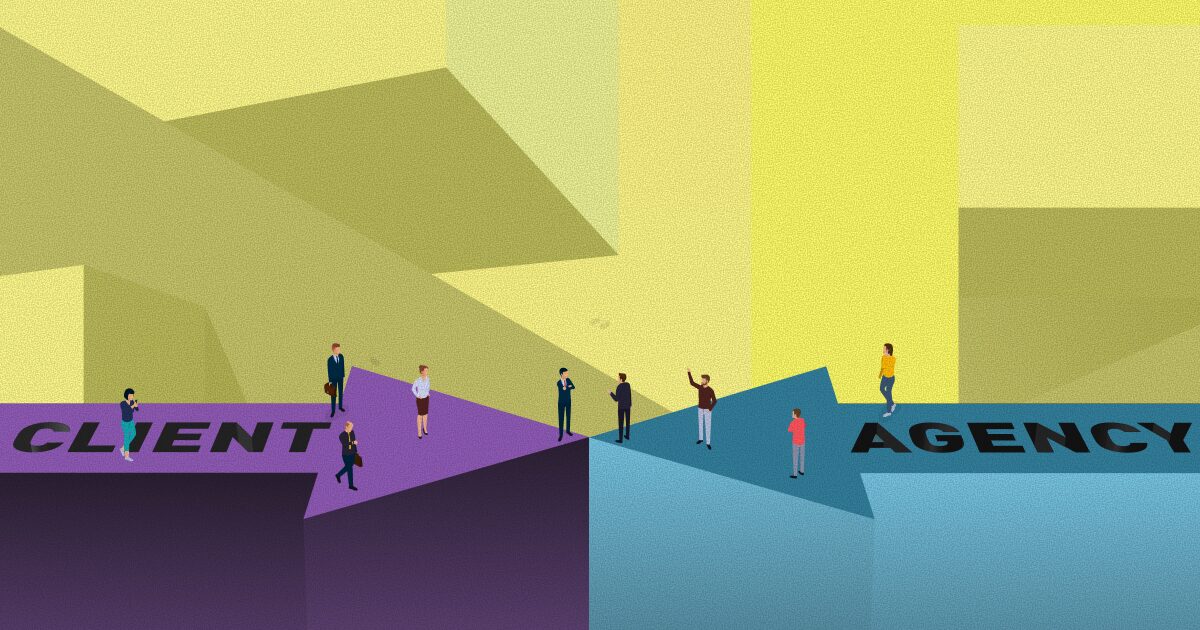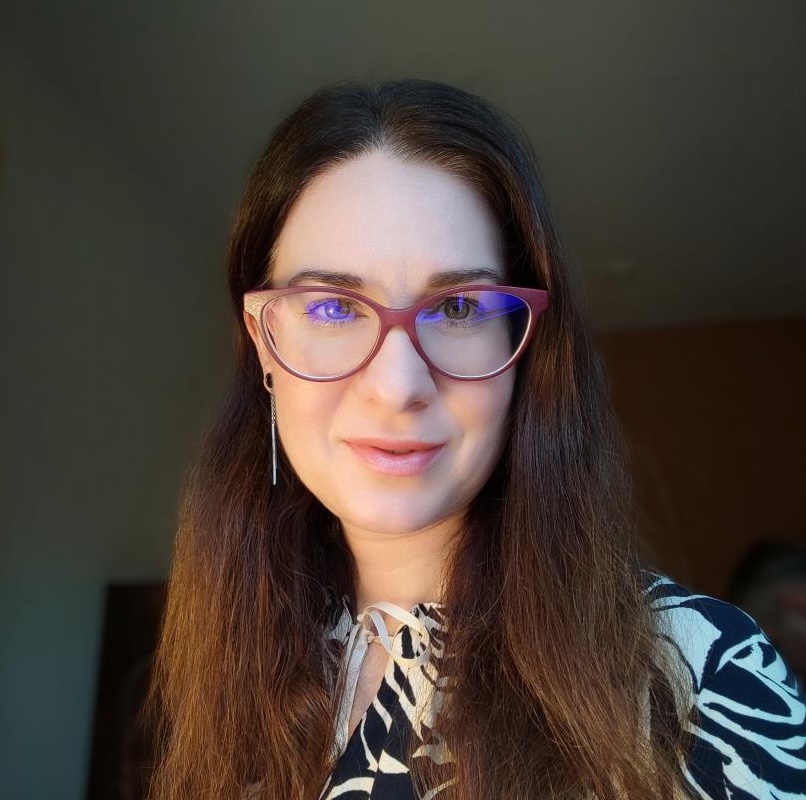September 29, 2025 - 5 min
How Client-Agency Collaboration Co-creates Value — Moving Beyond Just Delivery

We’ve come to a point where digital is no longer optional. It’s the standard. And yet, many organisations struggle with the amount of value delivered by their tech departments. Even when they invest very high effort, the delivered solutions are often misaligned with the business goals. The projects run over budget, last much longer than initially planned and features don’t get delivered in required scope. This is where a good quality client-agency collaboration comes in useful, to say the least.
So the solution to this problem is having the alignment between technical deliverables and business goals. For agencies, this alignment is not just the best practice, it’s the most important part of the long term relationships with clients.
This is how it is achieved.
Building Relationships With Clients
For a long time, the partnership between clients and agencies was based on mutual agreement of delivering a set of tasks with little opportunity to contribute strategically.
Agencies’ main goal was to deliver on time and within the budget. But in that process, they rarely considered the client’s business goals and how to achieve them. Once the project was delivered, accountability would often end there. Agencies weren’t expected to do any measurements, check KPIs or stay long enough to see the impact of their work. They would just hand off the work and move on to another project.
When they consider an agency, clients look for a partner who can understand their needs and problems, and help them get to the business outcomes they want. They don’t need someone to tell them what to do, they need an ally, someone who can bring knowledge, experience and most importantly a creative mindset, to help them create value.
To respond to these changing expectations agencies started changing their approach, by integrating them into client teams. That way they contribute with strategy, problem solving and improved ways of working. This shift led to increased ownership and accountability from both sides.
The partnership also changed the meaning of success. Clients moved away from measuring only what was delivered, and started identifying if the agency contribution made a difference to their overall business.
Agencies are no longer vendors hired to do the work, they become partners helping shape the client’s roadmap.
Let’s see how this new way of working creates change for both sides.
Implementing Co-Creation in Practice
Co-creation is a way of working where, instead of operating on opposite sides of the table, both parties sit together to define problems and design solutions. The process is less about passing requirements back and forth and more about working together.
In practice, this means agencies bring more than technical knowledge. They contribute with their insights from other industries, share best practices and challenge assumptions when needed. Clients, on the other hand, bring knowledge about their business, customers, and strategy. When these perspectives are combined, the outcome is a better product.

Co-creation is tightly related to iterative ways of working. Rather than trying to design the perfect solution upfront, agencies and clients work together in an agile way, to deliver something at the beginning, inspect it and move on incorporating the new knowledge in following iterations. This way agency experts, business stakeholders and end users are part of the solution.
So, this raises a question: what does success really look like in this partnership model?
How to Measure Success?
In the traditional model, success was measured by whether the work was delivered on time, within scope, and on budget. Even though those factors are still important, meeting them all doesn’t guarantee the project will make an impact on the client’s business.
In a co-creation model, it is not about the outputs the agencies produce, but the outcomes the clients identify while working with the agency partner. Launching a product doesn’t necessarily mean success. It becomes successful when it increases engagement, number of users or overall user experience.
For agencies, co-creation deepens relationships. Rather than being seen as replaceable vendors, they are pictured as trusted and reliable partners. When agencies position themselves that way, the work they do leads to creating a long term value.
So what practical steps can clients and agencies take to make it work?

Moving Toward Co-Creation
Creating the co-creation model requires time and effort. It doesn’t happen overnight, it requires a mindset shift and engagement from both sides.
- Creating augmented teams. When agencies work side by side with client employees, they know the context, understand business needs and can contribute more effectively.
- Sharing goals and success metrics – both sides should agree on what outcomes are important and what needs to be achieved.
- Working remotely and staying connected – agencies and clients are connected through daily collaboration and meeting in person whenever the situation calls for it.
- Regular opportunities for collaboration – agile ceremonies and discovery sessions allow agencies and clients to work transparently and keep everyone aligned on priorities.
- Transparency in communication – agency experts are comfortable raising concerns and suggesting improvements and clients are able to communicate clearly their capabilities, timelines and priorities.
- Feedback culture – clients should be able to provide honest feedback, so that agencies could improve their approaches and ways of working.
- Iterative delivery – this approach reduces risk, ensures adaptability, and creates value early in the project.
So what does this partnership model actually look like in real life?
Q and Building Relationships With Clients
The approach that Q takes when working with clients is to position ourselves as a partner, providing not just the people and expertise, but strategic support as well.
The client Q’s been working with earlier had different vendors and each of them delivered their part, but no one was accountable for the end to end solution. The result was duplication, partially implemented functionalities and the code that wasn’t maintainable.
So the client decided it was time for a different approach: instead of managing several external vendors, they wanted one trusted partner. They looked for an agency that could go beyond filling resource gaps and integrate fully with their teams, share responsibility for outcomes, and help shape strategy.
When Q agency stepped in, we didn’t just bring in people, we brought their mindset and different skills. Our experts joined client teams directly, collaborating daily to plan and deliver the value to the business and end customer. We didn’t operate in isolation but worked together to plan and refine the work.
Our agency experts joined planning sessions not only as participants but as facilitators, helping the client’s teams clarify priorities, refine scope and align on business goals. We contributed to roadmap creation, ensuring that short term goals are connected to the product vision.
Technical experts stepped in to inspect architecture and suggest improvements, bringing in their perspective and knowledge to help the client build a strong foundation for the future initiatives.
Other team members looked for risks and additional opportunities to create higher value and deepen the relationship with client.
What made the partnership successful was not only the technical knowledge that Q has, but also the flexibility, adaptability and transparency in communication. Experts started sharing the same responsibility for the value business wanted to achieve, and shifted the focus from individual tasks to business outcomes.
Over time, this model grew into true collaboration, where everyone felt like they were part of the same team and organisation.
Q agency wasn’t just another vendor, we became a trusted partner with real impact on client’s success.
Conclusion
Co-creation model is the future of client-agency relationships. It allows agencies to contribute strategically, ensuring that tech solutions and business initiatives are all aligned. This results in projects that deliver measurable value and long term results.
Additionally, agencies that adopt a co-creation model can differentiate themselves in the market. They become strategic partners, trusted consultants, and problem solvers. This type of integration strengthens agency and client relationships and enhances the agency’s competitiveness.
In the end, co-creation is not just a model, it’s a mindset. Agencies and clients who work this way will continue building solutions that are important for their future business.
Partnership is a two-way street. And we’re here to be your partner, so contact us if you want your business to have more impact and success!
Give Kudos by sharing the post!





